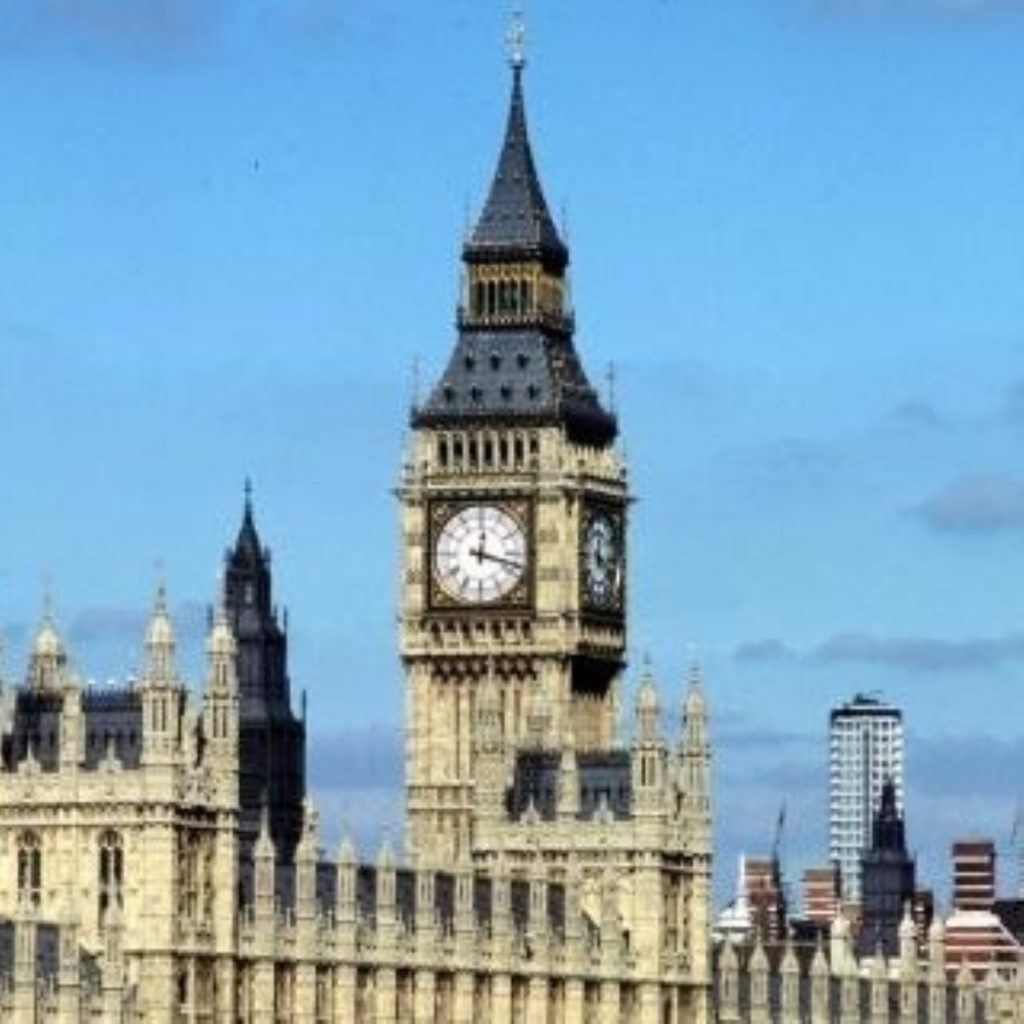Boundary changes could lead to hung parliament
Changes to constituency boundaries mean there is an increased likelihood of a hung parliament after the next election.
New research shows that proposals by the Boundary Commission would have cut Labour’s majority from 64 to 44 if in place at the last election.
The plans mean a swing of just one per cent would wipe out Labour’s majority in the House of Commons completely.
However, it would still take a swing of nine to ten per cent for the Conservatives to win power outright, thus increasing the probability of a hung parliament.


The commission will put forward its proposals, which involve making changes to nearly every constituency in England, to the government in the autumn. It is likely that they would be in place in time for the next election.
Writing in The House Magazine, researchers Lewis Baston and Simon Henig say: “The principal political impact is to make it less likely that Labour can win an overall majority.
“After the changes, a swing of only just over one per cent would destroy the majority, while under unchanged boundaries it would take a 1.8 per cent swing.
“The situation was uncomfortably tight already and now Labour has the tiniest margin for slippage.”
At the 2005 general election, Labour lost ten seats as a result of changes to electoral boundaries in Scotland.
Labour seats that are likely to change hands as a result of redrawn boundaries include Enfield North, Selby, Sittingbourne and Sheppey, Staffordshire Moorlands, and Wansdyke.









